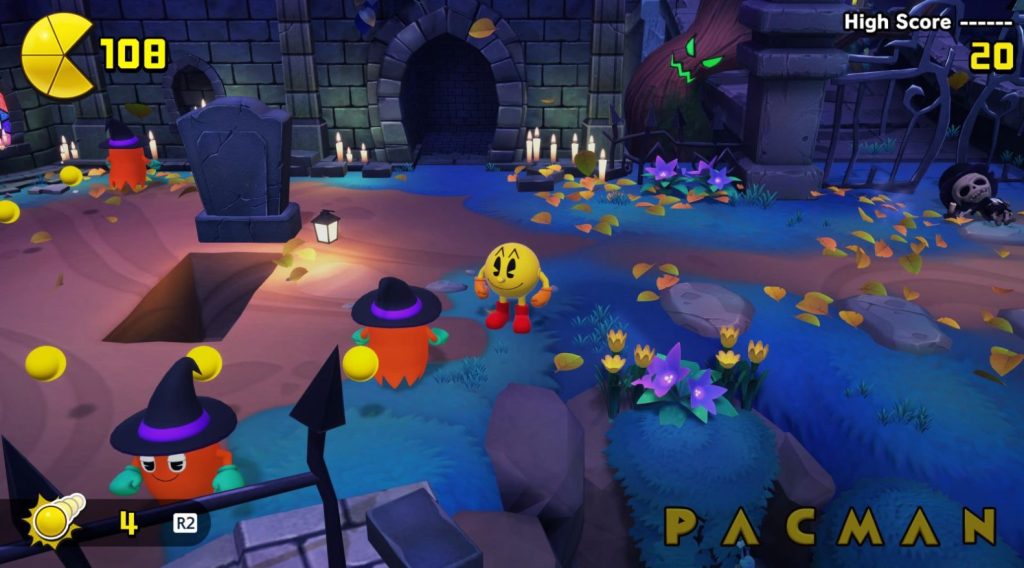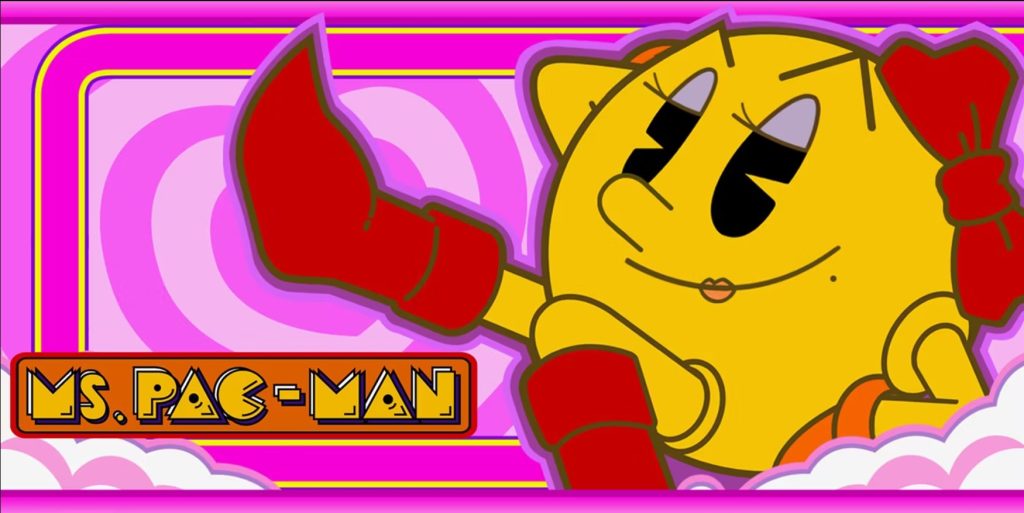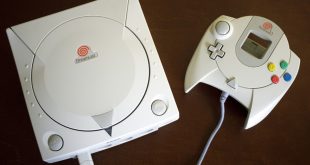As anyone born during the 80s and early 90s will tell you, Atari is where video gaming began. If you are a child of the 90s, you likely remember Atari being at the top of your birthday and Christmas lists. If you were lucky enough, your parents bought you one. However, what was the most popular Atari game?
It is no secret that Atari opened the doors to the video game market back in the 80s and largely popularized the industry in the United States. The company produced and sold many different and fun video games that children and adults enjoyed playing.

What Was the Most Popular Atari Game?
In terms of sales, the most popular Atari game, without a doubt, was Pac-Man. Over eight million versions of the Pac-Man video game were sold by 1990 despite having not-so-great reviews when released in the 80s.
The Popularity of the Pac-Man Franchise
Pac-Man was already highly popular as an arcade game before being adapted for the Atari gaming console. The popularity of the arcade version of Pac-Man made it the most highly anticipated game release in the 80s.
Atari expected high sales in the game’s initial launch, for which the company produced one million copies. Moreover, Atari even held a “National Pac-Man Day” on April 3, 1982, to further promote its release.
Within a few months of its release, Pac-Man became the best-selling video game of all time by that point. The Pac-Man game released by Atari sold over eight million copies globally.
Although Atari released other top-rated games over the years, none reached the commercial success of Pac-Man. The closest game in commercial success was Space Invaders, with over six million copies sold.
Critical reception
Despite the game’s enormous commercial success, Pac-Man did not win the favor of critics, who were disappointed by the poor visuals and sound.
Another criticism was that the game’s protagonist, Pac-Man, was not making the iconic “Waka Waka” sound. Instead, it was replaced with a single beep.
However, the critic’s response to the game did not seem to mean much to the general public as the game continued to sell well into the 90s.
By the 90s, Atari’s Pac-Man had sold over eight million copies worldwide, making it the company’s highest-selling video game. Pac-Man was also the first video game to reach such high commercial success.
Gameplay
The game aims to consume all the dashes called Video Wafers in the Pac-Man world while avoiding getting killed by the four ghosts chasing the protagonist.
Once Pac-Man consumes all the wafers in the maze, you continue to the next level. The scores of all the levels are combined for a total.
If any of the ghosts touches the protagonist, he loses a life. When all the lives are lost, the game is over. Pac-Man has four lives in the beginning and earns one bonus upon finishing a level. You can have up to nine lives in reserve.
You will find four flashing Power Pills by the corners of the maze that will allow Pac-Man to temporarily eat the ghosts chasing him and earn bonus points. The ghosts will try to run away from you. When you eat one, they return to the nest and respawn.

How Is It Different From the Original Arcade Game
The main differences are in the design choices, as the gameplay follows the same format as the original arcade version.
The design of the Atari Pac-Man is in landscape mode instead of the classic portrait mode. Furthermore, the wraparound Warp Tunnel is at the bottom and top of the screen instead of the sides.
Also, the color scheme is different from the original, with the Atari version featuring an orange and blue color scheme.
The maze features 126 wafers, while the original has 244 dots. Also, the ghost’s nest has its entrance on the right side, while in the arcade version, it is on the top.
Another notable difference, as I mentioned, is the absence of the iconic “Waka Waka” sound Pac-Man makes as he consumes the dots. Instead, the “Waka Waka” sound is replaced with a single beep.
Other Popular Atari Games
Space Invaders
There is no need to introduce Space Invaders. The classic arcade game took American arcades by storm and led to a yen shortage in Japan.
The Atari 2600’s 1980 Space Invaders port, which surprised everyone by being remarkably faithful and selling over six million copies, helped launch the console’s success in American homes.
Space Invaders is considered among the most culturally influential games of all time. The Atari version was warmly welcomed, and the fixed-shooter game was propelled into stardom.
Pitfall!
Pitfall! is mainly credited with establishing the platformer subgenre in 1982. In case you blanked at the game’s name, it is a timed run-and-jump journey through vibrant jungles in quest of valuable loot like gold bars and diamonds.
Harry, the brave, must traverse tar pits while swinging, avoid scorpions by jumping, and land on the heads of hungry crocodiles. Pitfall! is regarded as a masterpiece of gameplay. Pitfall! sold more than four million copies on the Atari.
Ms. Pac-Man
Next in line for the Pac-Man franchise was Ms. Pac-Man. The game did not reach the same commercial success as its predecessor, selling only over two million copies.
However, despite being less commercially successful, many critics consider Ms. Pac-Man the superior version and closer in design to the original arcade version.
Read more: Best Atari 5200 Games

Conclusion
What was the most popular Atari game? So, the answer to that is Pac-Man based on commercial success, as the game is well ahead of other Atari games with over eight million copies sold.
The only other Atari game close to such commercial success was Space Invaders, with over six million copies sold.
Atari released many other popular games, but none reached the same commercial success as Pac-Man. Even though the game was released in 1982, it was sought after well into the 90s despite initial criticism by reviewers.
 Commodore Games Play Online Games for Free | Unblocked and Unlimited
Commodore Games Play Online Games for Free | Unblocked and Unlimited



